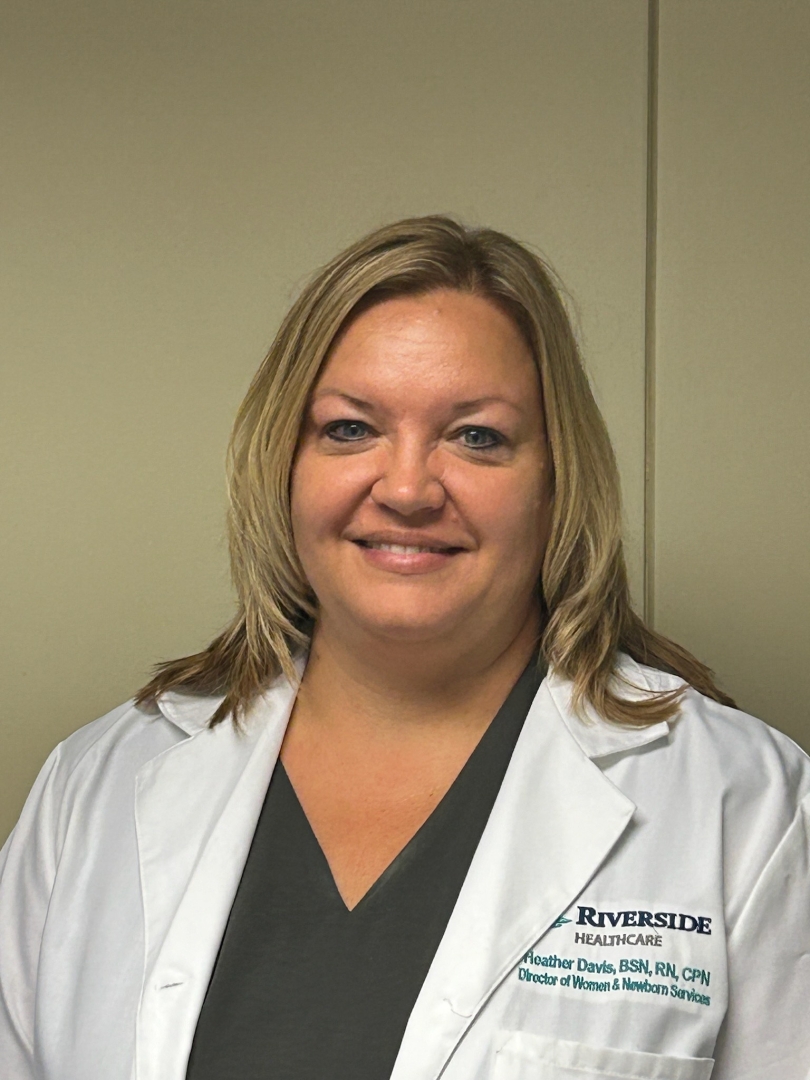As a new parent, navigating the array of advice and guidelines on infant sleep can be overwhelming—but understanding a few key strategies can offer peace of mind. From choosing the right sleep position to ensuring a hazard-free crib, these best practices can help your baby sleep safely and soundly throughout the night.

Heather Davis, Director of Women and Children's Services at Riverside Healthcare, offers helpful information to guide parents in safe sleep strategies.
The ABCs of Safe Sleep
After a substantial decline in sleep-related deaths in the 1990s, rates have stayed pretty consistent year over year. Approximately 3,500 infants die from sleep-related deaths annually in the United States. Rates for non-Hispanic Black, American Indian, and Alaskan Native have decreased more slowly than rates of other infants.
Per Davis, the "ABCs of Safe Sleep" is a simple set of guidelines to help parents and caregivers create a safe sleep environment for babies, reducing the risk of Sudden Infant Death Syndrome (SIDS) and other sleep-related incidents. The ABCs stand for:
· Alone—Babies should sleep alone, without sharing a sleep surface with parents, siblings, or pets. Keep the crib free of any items that could pose a suffocation hazard.
· Back—Always place babies on their backs to sleep. This position has been proven to significantly lower the risk of SIDS compared to stomach or side sleeping.
· Crib—Babies should sleep in a crib, bassinet, or portable play yard with a firm mattress and a fitted sheet. The sleep surface should be flat and clear of any loose objects, promoting a safe and secure space for rest.
What Are Some Common Mistakes with Babies and Sleep?
Common mistakes with sleep include having a soft object in a sleep space, such as pillows, pillow-like toys, quilts, comforters, mattress toppers, fur-like material, things that attach to pacifiers, and loose bedding like blankets and non-fitted sheets. These items can increase the risk of suffocation and getting entrapped or wedged with soft items.
Parents should also avoid sleep areas that are not designed for sleep (car seats, infant carriers, bouncers, strollers, swings, and slings), particularly if the infant is under four months of age. “It's important to know there have been many recalls on various products. Parents and caregivers can check the Consumer Product Safety Commission website to look for any recalls,” advises Davis.
Another concern is that infants are at risk of overheating with extra layers of clothing and hats. Dress infants appropriately for the environment with no greater than one layer more than an adult would wear. Additionally, parents and caregivers should not fall asleep with baby on a bed, couch, or chair. The American Academy of Pediatrics (AAP) does not recommend bed-sharing practices under any circumstances.
Education Is Key
To mitigate these factors, parents are educated on safe sleep practices prior to bringing baby home. “After delivery, they also sign a safe sleep commitment while they're with us in the hospital. Safe sleep practices are modeled throughout their stay, and they are educated on safe sleep again at discharge and given a wearable sleep sack,” shares Davis. “We provide education to families on safe sleep in our Best Beginnings class as well.”
Riverside also facilitates education for grandparents and other caregivers at community events. “We want to work with families and caregivers to understand cultural differences in a respectful way using non-judgmental communication,” she adds. “Safe sleep education is provided to all of our employees, not just the employees that care for small children. By providing this education, we are reaching many more people who are equipped to share the importance of safe sleep practices.”
If you have any questions about safe sleep feel free to reach out to the Riverside Family Birthing Center at (815) 935-7511.
